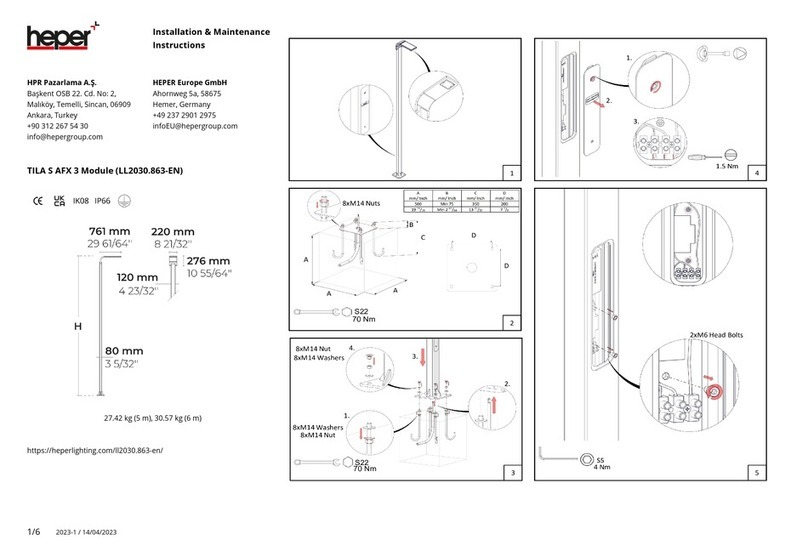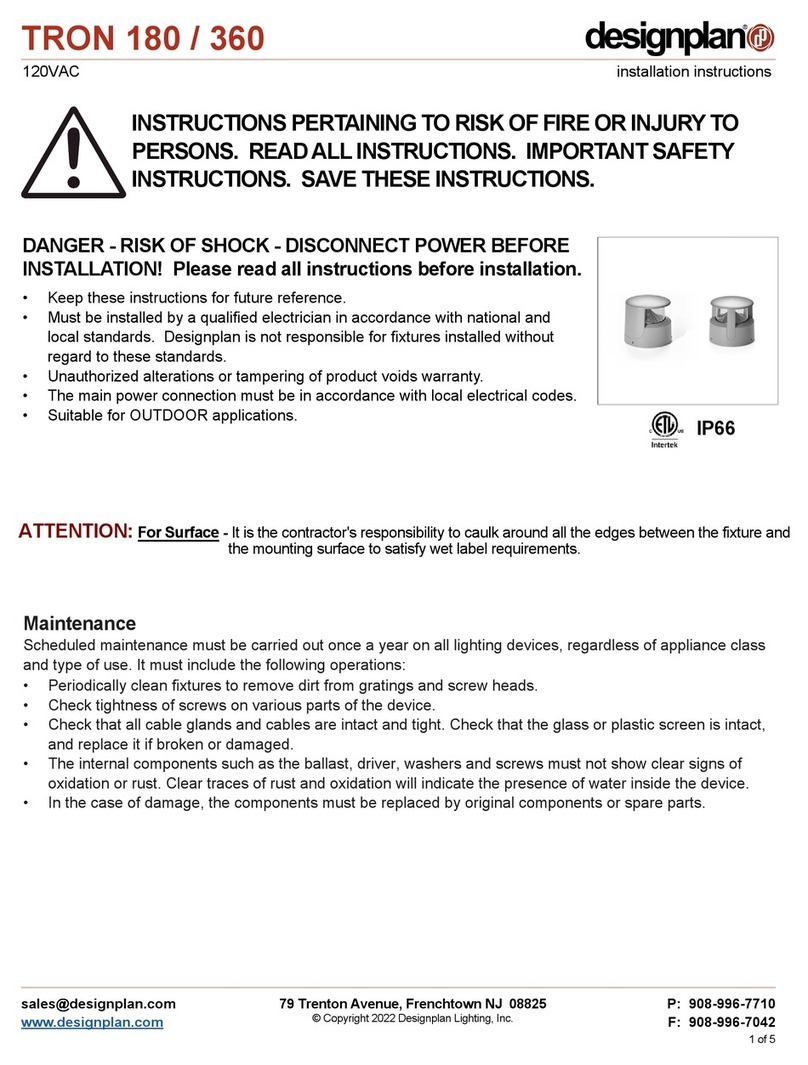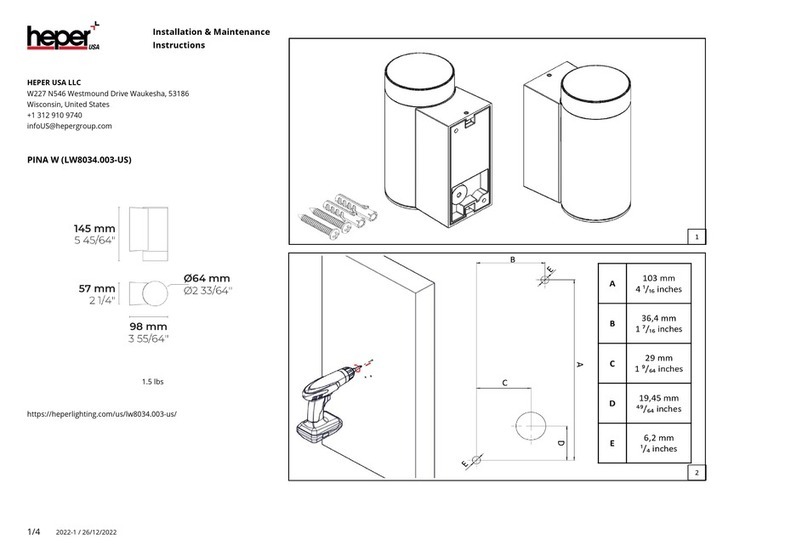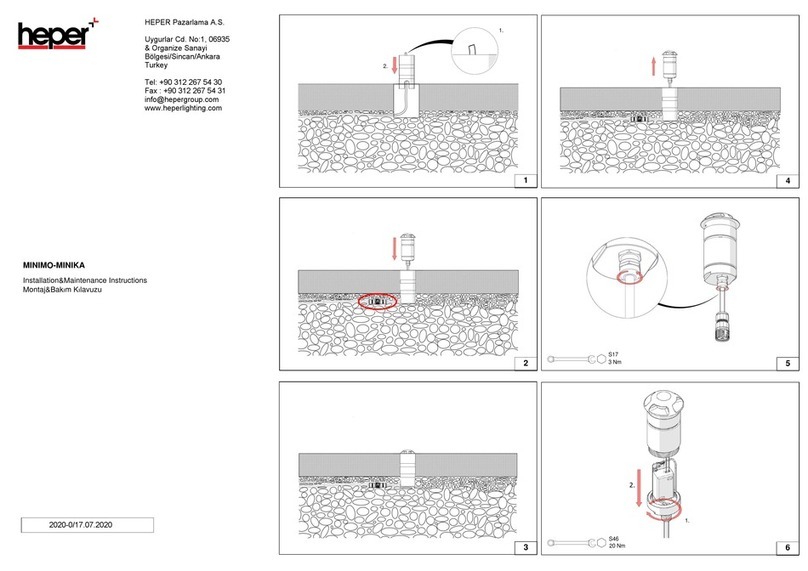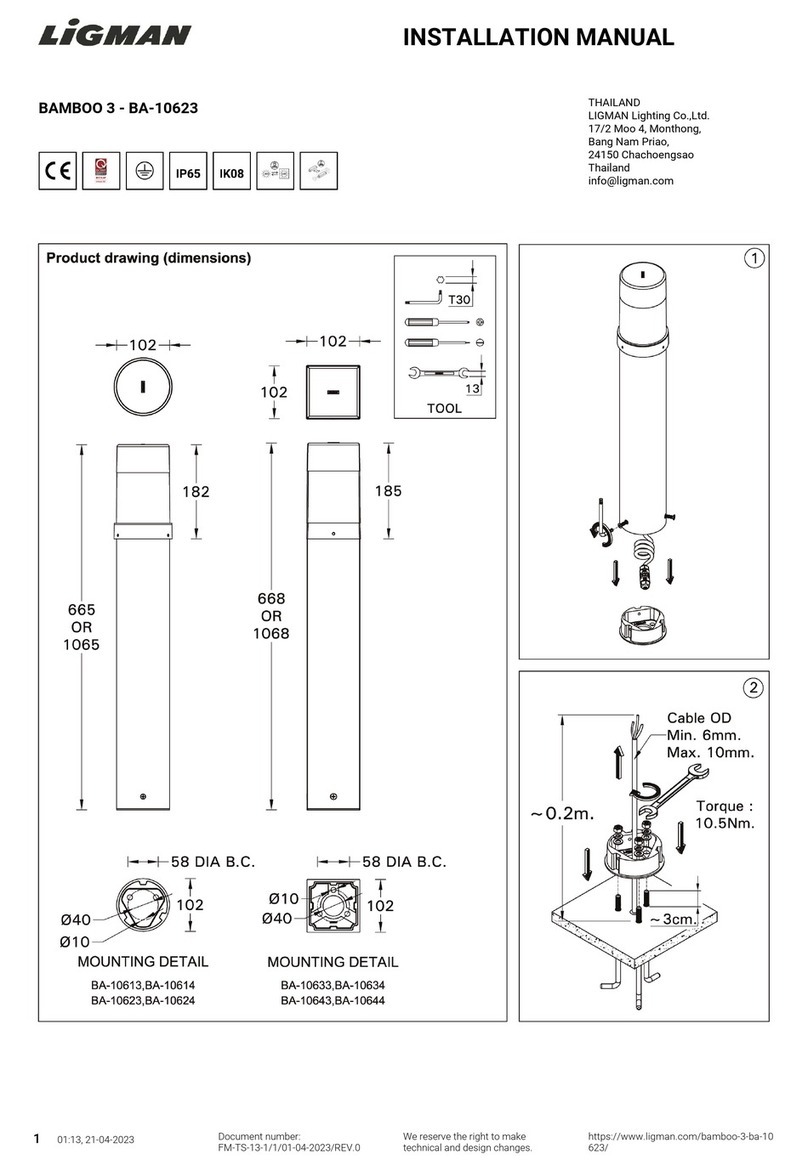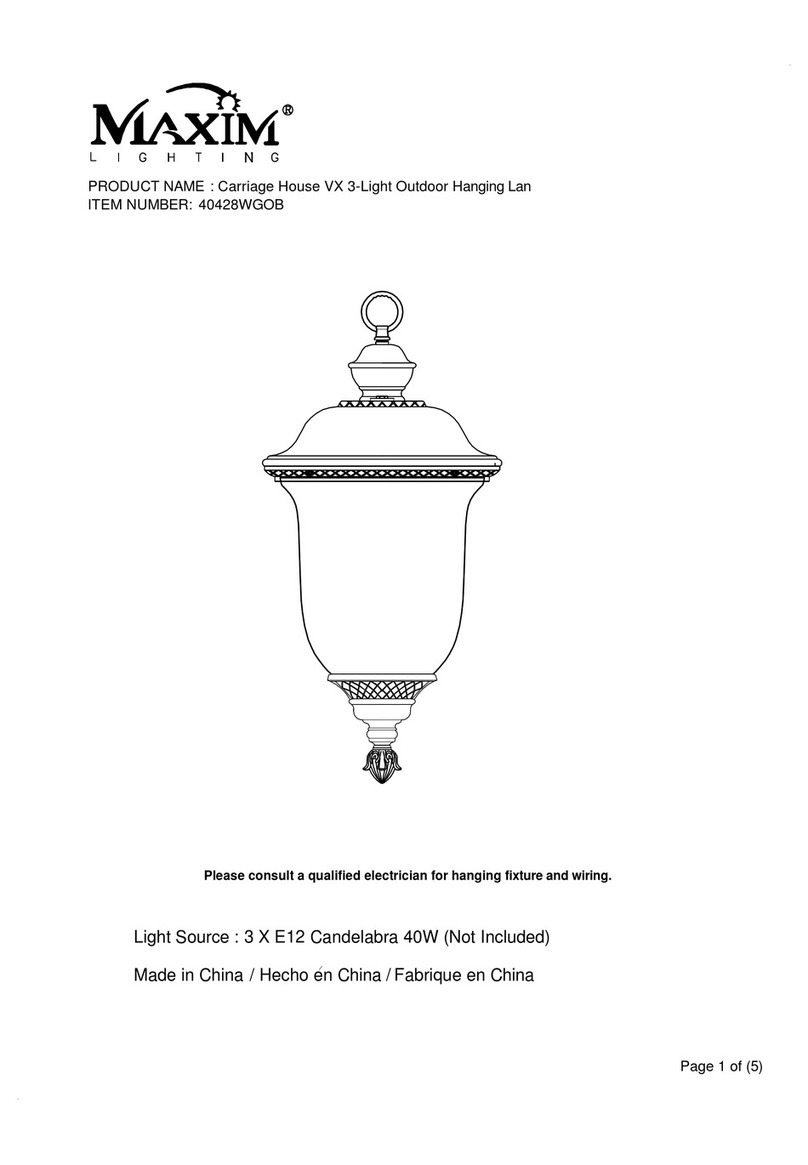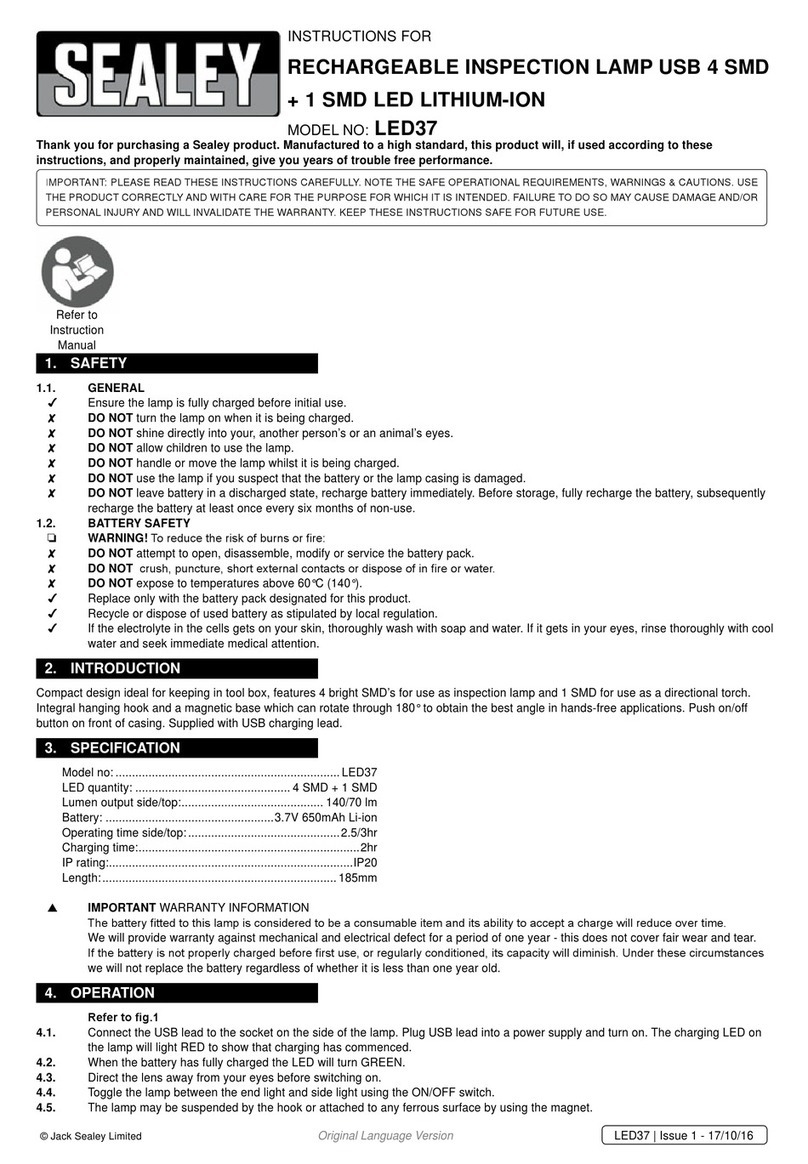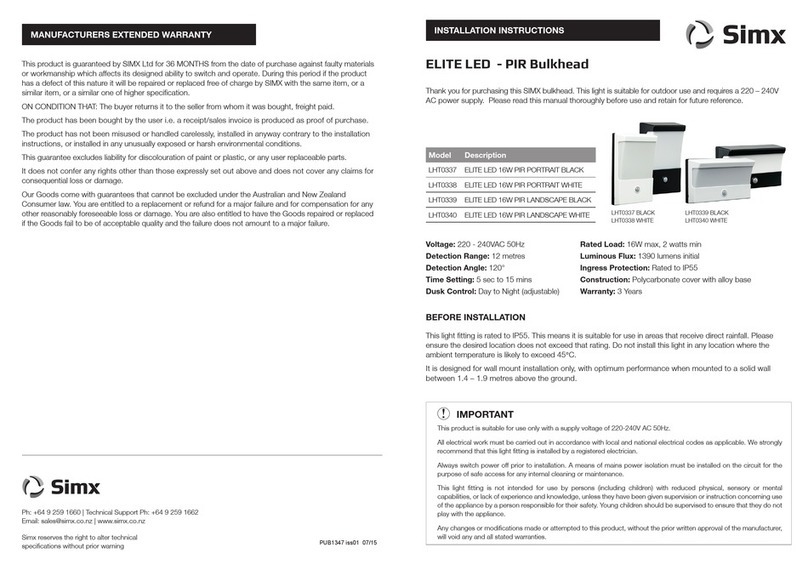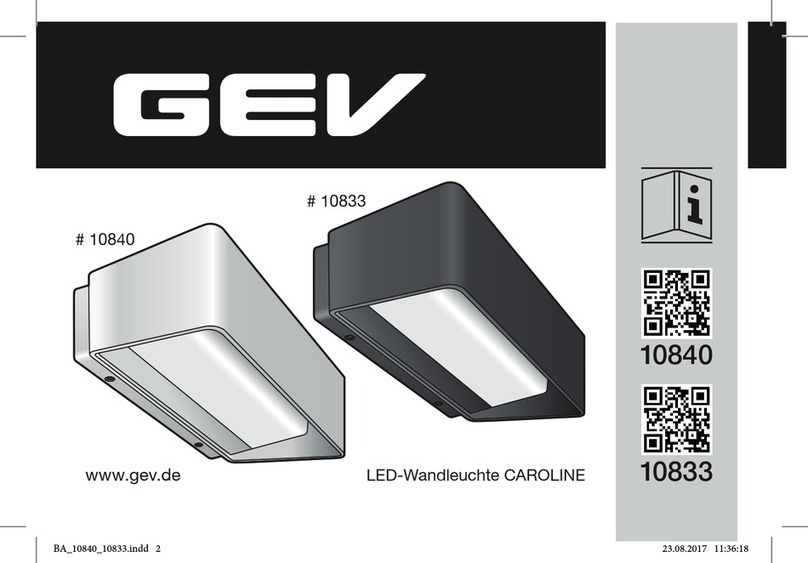
3. Montage der Lichtschranke
Der Sender und der Empfänger sollten in einer
Höhe von 40 - 60 cm über dem Boden montiert
werden. Der Abstand zwischen Sender und
Empfänger sollte nicht weniger als 1 m betragen.
Di e L i c h t sc h r a n ke v e r f ü gt ü b er e i n en
einstellbaren Blickwinkel sowohl am Empfänger
als auch am Sender. Es ist keine koaxiale Montage
erforderlich, lediglich die maximalen Drehwinkel
der E lektro n ikpla t inen im Sender- und
Empfängergehäuse müssen berücksichtigt
werden. Aufgrund der lichtempfindlichen
Elemente des Empfängers wird empfohlen, den
Empfänger auf der weniger sonnigen Seite zu
installieren. Sowohl der Sender als auch der
Empfänger der Lichtschranke sollten senkrecht
montiert werden, die Anschlussleisten sowie die
Feuchtigkeitsabflusslöcher im Deckel sollten sich
im unteren Teil des Gehäuses befinden. Die
korrekteAusrichtung von Sender und Empfänger
wird durch die RX-LED erleichtert, die
aufleuchtet, wenn der Senderstrahl den
Empfänger erreicht. Jedes Gehäuse wird mit 2
(diagonal montiert) oder 4 mitgelieferten
Schraubenan derMontagefläche befestigt.
Bringen Sie keine Spiegel oder reflektierende
Abschirmungen im Bereich der Lichtschranke an;
montieren Sie den Empfänger möglichst auf der
Sonnenseite; montieren Sie den Empfänger der
Lichtschranke nicht an einem Ort, der einer
starken Fremdlichtquelle ausgesetzt ist,
insbesondere von Leuchtstofflampen, da dies
den Betrieb der Lichtschranke beeinträchtigen
kann. Achten Sie darauf, dass die optischen
Elemente des Senders/Empfängers bei der
Installationnicht verschmutztwerden.
V S Z VERWENDEN IE DIESE EICHNUNG ALS ORLAGE
Legende:
1. Gehäusebasis (SLIM3 schwarz, SLIM3 ECO LED orange)
2. LED-Modul (Version SLIM3 ECO LED)
3. Elektrodenplatine mit Linse
4. Lichtschranke - Elektrodenplatine
5. Spritzwassergeschützter äußerer Schirm.
6. Befestigung des Schirms.
Abb. 1 Abstände der Befestigungslöcher
im Maßstab 1:1 mit Montagezeichnung.
18 mm
92 mm
1
2
3
4
5
6




